
When you’re looking for your first DSLR camera, you’ll quickly come to realise two brands dominate the scene: Nikon and Canon.
Dig a little further, and you’ll discover a raging debate among photographers on which is the best piece of equipment. But it’s hard to find an unbiased report. Photographers who use Nikon equipment are likely to press you to buy Nikon. The same with Canon photographers.
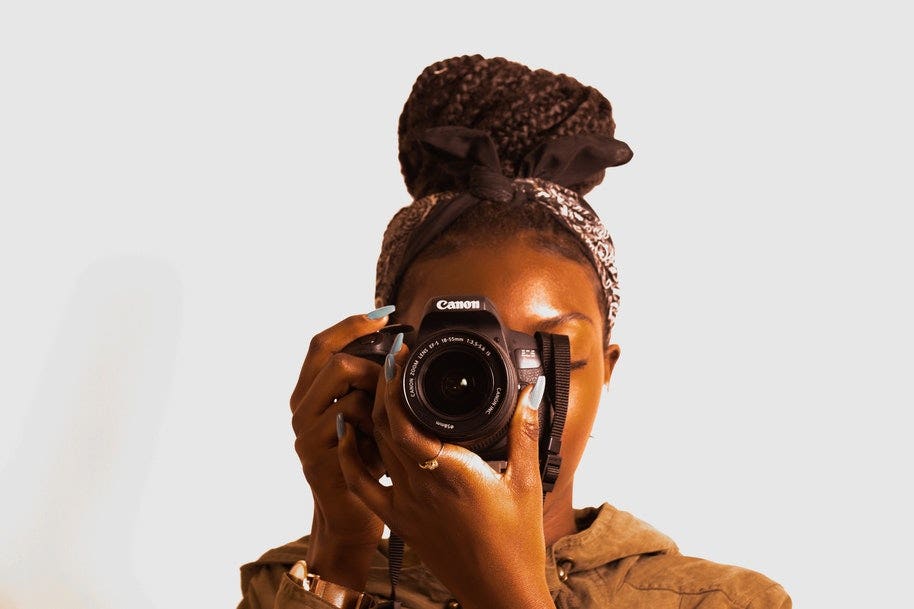
So it’s hard to find a subjective comparison between Nikon and Canon. Even harder when the companies are so similar.
Ultimately, both Nikon and Canon are renowned for having produced high-quality cameras across many decades. They’ve earned their place in the top tier of camera technology. And their competition is so close that one brand rarely ever bests the other for long.
So let’s take a look at some of the key deciding points that will help you determine whether a Canon or Nikon DSLR camera is best for you.
Canon vs Nikon: Head to head
First, let’s take a look at the companies themselves. Nikon is slightly older than Canon, having celebrated its centenary in 2017 whereas Canon started up in 1933 (as the Precision Optical Instruments Laboratory).
But Canon was the first to bring out a camera: the Kwanon in 1934. Nikon specialised first in optical and glass equipment (in fact, Canon used Nikon’s Nikkor lenses in the beginning). The first Nikon camera wasn’t released until 1948.
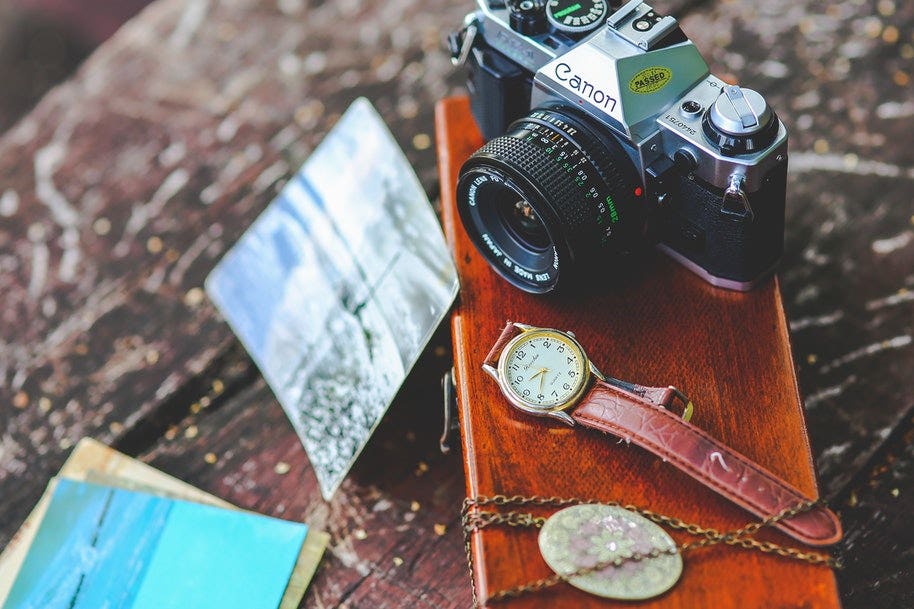
Nikon found its footing with the release of the world’s first SLR system in 1959. All Nikon DSLRs today are descended from the 1959 Nikon F - and they still use the same lens mount.
Meanwhile, Canon produced the first camera with a shutter that syncs to the flash, the first still camera with a video mode, and the first camera-to-lens electronic connection with the launch of its EOS line in 1987.
Canon’s DSLR cameras have digit figures followed by the letter D and as a general rule, the lower the number, the more advanced the camera. So the Canon EOS 1D X Mark III camera is the brand’s flagship model.
Rather confusingly, Nikon DSLRs also feature the letter D and numerical figures, with the order reversed. Nikon full frame DSLRs are designated with a 3-digit number, like the D850. Nikon crop-sensor cameras have four-digital numbers (except the D500).
The D5000 series is their entry-level range while the D7000 series is perfect for enthusiasts. Nikon’s highest-end model is the D6.
Canon vs Nikon: Who does video best?
As the first brand to bring video into their camera range, Canon is often considered superior to Nikon when it comes to video technology in their DSLRs.
Canon keeps all its best video recording features for its dedicated cinema camera line. While Nikon can’t compete because it doesn’t have a cinema camera series, this does mean high-end Nikon DSLR models have some impressive videography features.
Is the Nikon or Canon lens range better?
Given the similarities in quality between Nikon and Canon cameras, the lens selection and quality might be where it really counts.
Nikon’s F mount lens range dates back to 1959. Nikon is renowned for releasing high quality lenses straight off the mark with superior kit lenses to Canon. So if you just want to have the starter kit with an entry-level zoom lens, Nikon could be the way to go.
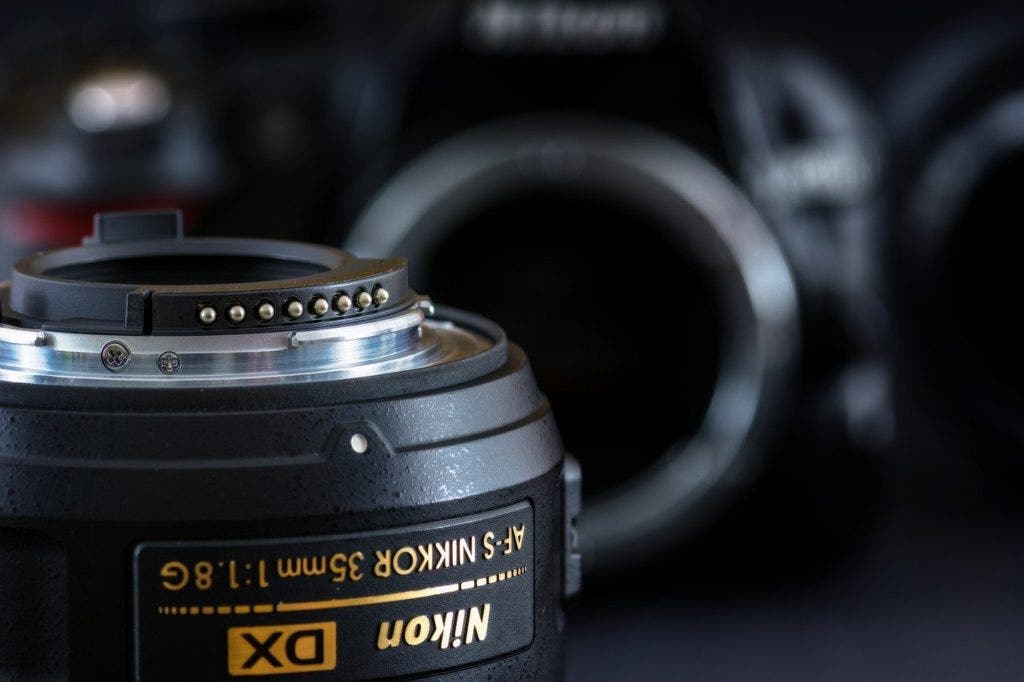
Canon could be the better choice if you’re looking for a wider selection of lenses overall. Canon’s EOS range started out in 1987 and has since grown to include an impressive collection of wide-angle, zoom, and telephoto lenses (and more!) to suit any budget.
Just beware it can get a little complicated buying the right lens for your Canon camera. Canon has four dedicated lens mounts depending on the type of camera you have.
Not all Canon lenses are compatible with all Canon cameras although you can buy adapters to use certain lenses on otherwise incompatible bodies.
Nikon lenses are interchangeable between crop sensor and full frame camera bodies, a distinct advantage over Canon.
The biggest difference between Canon and Nikon lenses is with autofocus. It’s better to have the autofocus in the lens rather than the camera body so this can be a big factor in helping you decide which brand to buy.
All Canon EOS lenses have autofocus whereas only Nikon’s AF-S lenses do, making things a little complicated and limiting your options if you have a Nikon camera.
Which has the better price tag?
It’s impossible to compare prices between Nikon and Canon. The difference in price between entry-level DSLR cameras is a matter of $50 to $100.
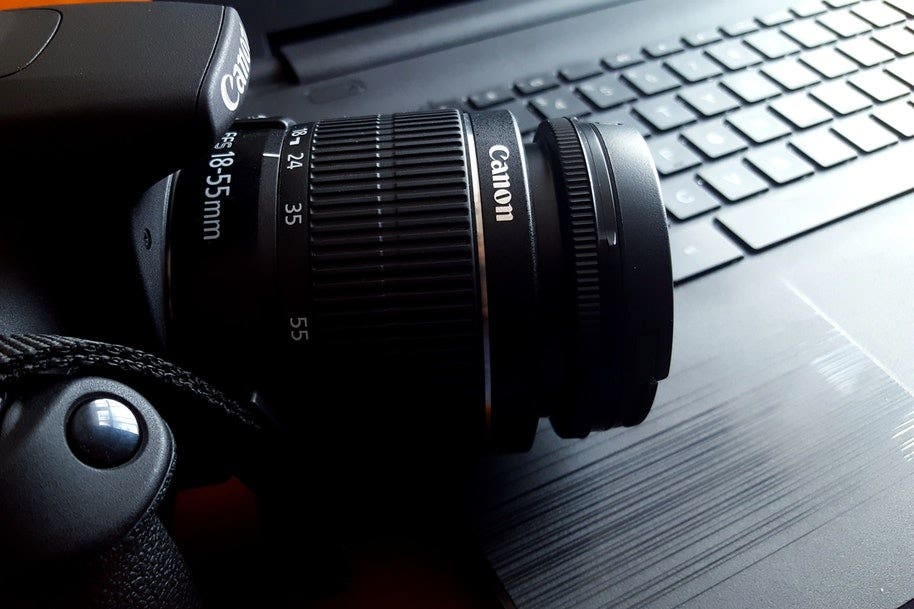
For example, the cheapest entry-level Canon camera right now is the Canon EOS 1500D with a standard kit lens for $649. Its Nikon counterpart is the Nikon D3500 with a standard kit lens for $699. The specs are fairly similar - both have 24MP sensors, full HD video recording, WiFi and NFC connectivity, and a 3-inch LCD screen.
On the other end, both Canon's and Nikon’s flagship professional DSLR cameras, the Canon EOS 1D X Mark III and the Nikon D6, sit at almost the same price tag.
Nikon vs Canon: Who wins with design?
At the end of the day, you’re splitting hairs between Canon and Nikon. They’re both exemplary brands.
But the most important consideration in buying your camera is how it feels for you. How does the camera sit in your hands? This will be entirely subjective.
Many people find Canon cameras easy to use with an intuitive menu. But it is often said that Nikon cameras were designed by photographers while Canon cameras were designed by engineers.
Each brand has its own distinctive look and design, with the dials and buttons placed differently.
Nikon uses the same naming conventions on their mode dials as Sony, Fujifilm, Panasonic, or Olympus (Aperture Priority [A], Shutter Priority [S], Program Auto [P], and full Manual [M]).
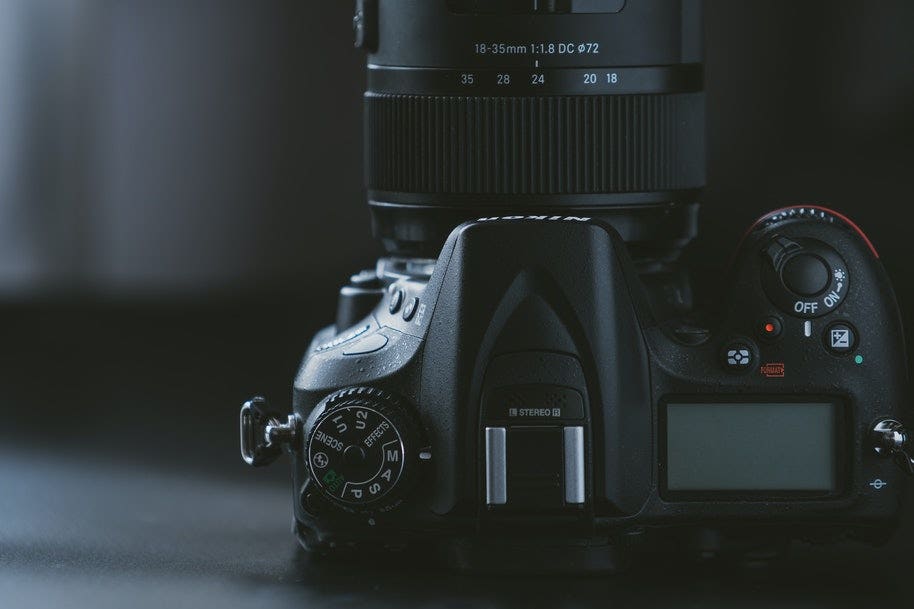
Canon, on the other hand, has Aperture Value (Av) and Time Value (Tv) instead of the standard Aperture Priority and Shutter Speed.
But in reality, these are cosmetic differences. Each mode works in just the same way. At the end of the day, it will come down to how a Nikon or Canon camera feels in your hand.
Try experimenting with your friends’ Nikon and Canon cameras or visit us in store to handle the various models.
Or if you’re ready to buy, check out our selection of Nikon DSLR cameras and Canon DSLR cameras online today.
